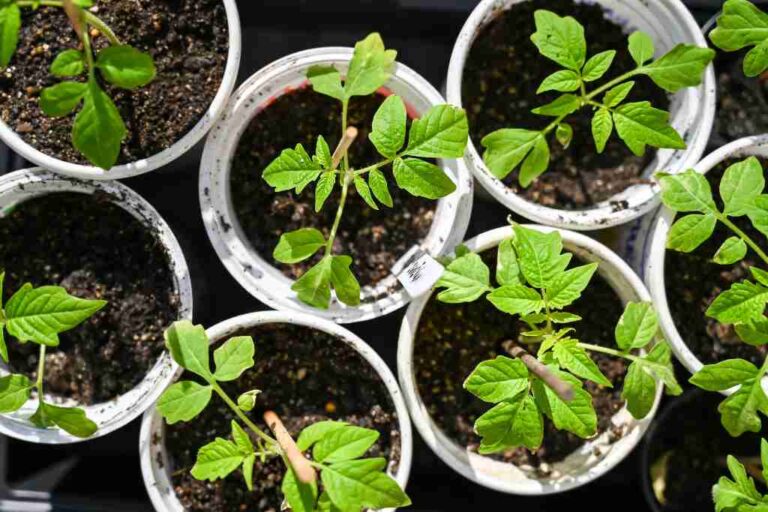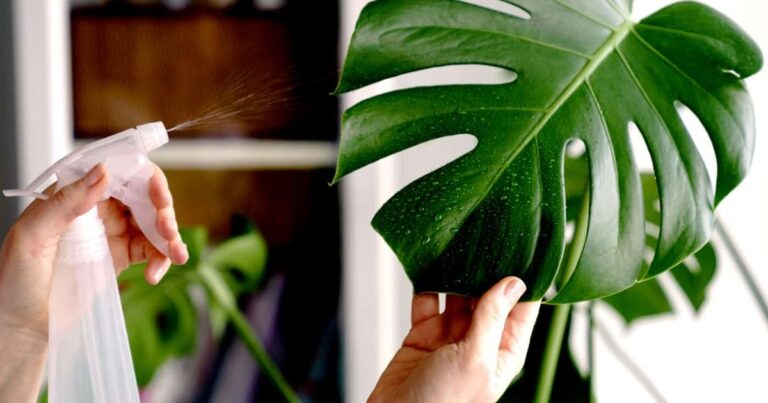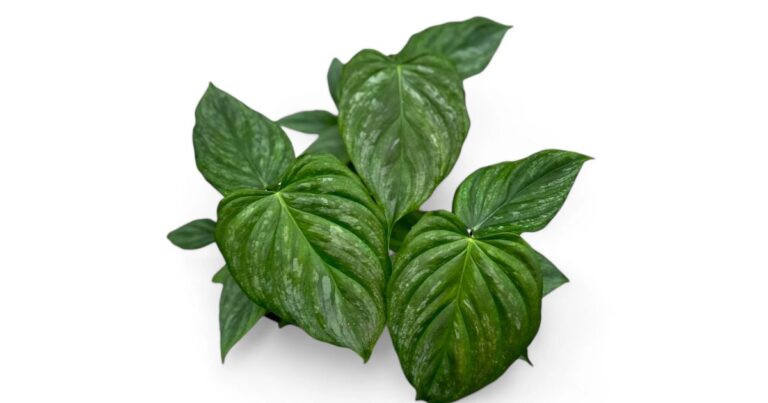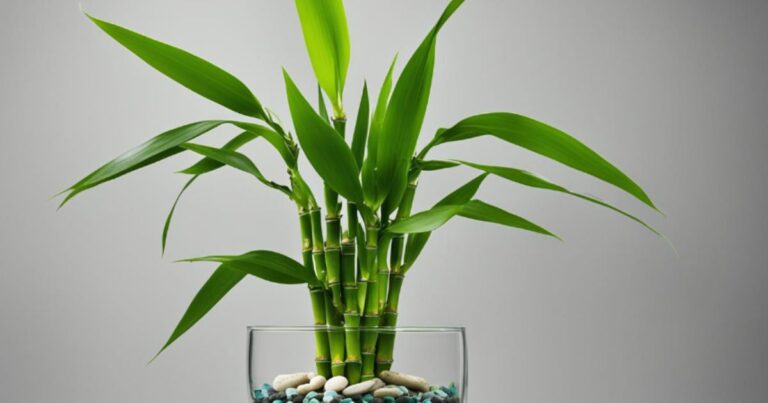Portulaca Plant Care, Benefits, Seeds, Toxic, Planting And Tips
Known for its resilience and low-maintenance charm, Portulaca—often referred to as moss rose or purslane—offers not just stunning aesthetic appeal but also an array of benefits that make it a favorite among gardeners and nature enthusiasts alike. Whether you’re looking to brighten up your outdoor space or cultivate indoor beauty with minimal effort, understanding how to care for this hardy succulent is essential.
In this article, we’ll delve into the essentials of Portulaca plant care, uncovering tips and tricks for optimal growth while exploring its nutritional properties and potential toxicity concerns. From sowing seeds to enjoying its glorious blooms throughout summer, we’ll provide you with everything you need to know about nurturing this resilient wonder.
What Is A Portulaca Plant?
The Portulaca plant, often affectionately referred to as moss rose, is a hidden gem in the world of gardening, brimming with vibrant colors and unique characteristics. This resilient succulent thrives in poor soils and hot climates, making it an ideal choice for gardeners looking to add a splash of brightness without excessive maintenance.
Its fleshy leaves store water, enabling it to flourish under conditions where many other plants would succumb to drought—a testament to nature’s adaptability. The plant boasts a rich tapestry of flowers that bloom in shades ranging from eye-popping yellows and reds to delicate pinks and whites—all capable of opening up in full sun while closing at dusk.

Planting Of Portulaca Plant
When planting, Portulaca considers its love for sunlight and well-draining soil. Choose a location that receives at least six hours of direct sun each day, as this vibrant succulent thrives in bright conditions.
Prior to planting, amend the soil with coarse sand or gravel to enhance drainage; Portulaca is prone to rot if it sits in soggy ground. Instead of planting seeds directly into overly compacted earth, opt for a light tilling to create a fine seedbed that allows seedlings to push through effortlessly.
Late spring is the best time to plant because the risk of frost is gone. This allows for warm temperatures that help seeds grow quickly and strongly. These plants can survive with little water once they are established. To make a beautiful display, plant them in groups or mix different colors for a vibrant look that blooms all summer.
Portulaca Plant Seeds
Often known as moss rose, these tiny seeds pack a punch when it comes to versatility in gardening. Unlike many other flowering plants, Portulaca thrives in poor soil conditions and can withstand drought, making them ideal for low-maintenance gardens or desert landscapes. Their ability to bloom beautifully even under harsh conditions challenges conventional garden design styles that prioritize lush, watered environments.
Portulaca Plant Growing
This hardy plant is perfect for garden enthusiasts looking to bring color with minimal effort; its resilience allows it to flourish even in challenging conditions. Unlike many of its counterparts that require constant watering and rich soil, Portulaca prefers a neglected touch—too much moisture can lead to devastating root rot.
Embracing the sunniest spots in your garden or balcony not only enhances growth but also intensifies the brilliant hues of its flowers. Cultivating Portulaca opens up exciting opportunities for creative landscaping design. Its low-growing habit and spreading nature make it an excellent choice for rock gardens or ground cover solutions.
How To Portulaca Plant Care?
One of the most crucial aspects of Portulaca plant care is understanding its watering needs. Portulaca prefers well-drained soil and should be watered only when it begins to dry out. Overwatering can lead to root rot, a common pitfall for new growers; consider the ‘soak and dry’ method. A light application of balanced fertilizer during the growing season will suffice—think “less is more.”
Regular deadheading encourages continuous blooming throughout summer while preventing seeds from taking over your garden space. Don’t forget to provide adequate sunlight: place your plant where it receives full sun for at least six hours daily, promoting vibrant colors and sturdy growth.

Portulaca Plant Indoors Care
When cultivating Portulaca indoors, embracing its unique characteristics can transform your space into a vibrant haven. This succulent thrives in well-draining soil and requires minimal watering—just infuse it with moisture when the top inch of soil feels dry.
One refreshing approach is to pair Portulaca with other drought-tolerant plants in a mixed arrangement, elevating the aesthetic while capitalizing on their shared care needs. Their bright blooms become an alluring focal point, especially against a backdrop of more muted foliage. Temperature plays a critical role in their growth; ideally, keep them in conditions between 60°F to 80°F (15°C to 27°C).
Can We Grow Portulaca Plant In Winter?
Portulaca plants thrive in frost-free regions, where they can easily overwinter outdoors with minimal care. These resilient succulents are well-suited to warm climates and can often survive light frosts, making them a favorite among gardeners looking to maintain vibrant outdoor spaces year-round. If you live in an area prone to harsh winters or severe cold snaps, bringing your portulacas indoors may be the best approach to ensure their survival.
Is The Portulaca Plant Toxic To Dogs?
The Portulaca plant, often admired for its vibrant blooms and hardy nature, does have a less appealing side—its potential toxicity to pets. Containing soluble calcium oxalates, this colorful succulent can pose health risks to dogs, cats, and even horses if ingested. Symptoms of toxicity may include drooling, difficulty swallowing, or gastrointestinal distress.

Portulaca Plant Benefits, Toxic And Uses
- Nutritional Powerhouse: Rich in antioxidants, vitamins A and C, and omega-3 fatty acids, this succulent is an underrated ingredient that can supercharge your salads or smoothies.
- Medicinal Uses: Traditionally utilized in various cultures for its anti-inflammatory properties, Portulaca has been known to aid in treating conditions like arthritis and skin irritations.
- Soil Health Enhancer: This resilient plant improves soil structure. Its deep-rooted system helps with aeration and moisture retention—a boon for gardeners looking to enrich their plots.
- Natural Pest Repellent: Including Portulaca in your garden can deter certain pests naturally without resorting to chemical pesticides.
- Versatile Ground Cover: With its sprawling habit, it’s perfect as ground cover—ideal for minimizing weeds while adding a splash of color throughout the growing season.
- Edible Delight: Beyond ornamental appeal, young leaves are edible; they impart a slightly tart flavor that elevates dishes from regular to extraordinary.
- Drought Resistance Champion: Adapted to arid climates, Portulaca’s water-storing capabilities make it an excellent choice for xeriscaping or low-maintenance gardens.
- Air Quality Improver: Like many plants, Portulaca contributes positively to air quality by absorbing carbon dioxide and releasing oxygen—a small yet impactful step toward environmental wellness!
Portulaca Plant Fun Facts And Tips
- Diverse Varieties: Portulaca, or moss rose, has over 40 species and many hybrids. Each type has different colors and flower shapes, letting gardeners create colorful landscapes. The most common type, Portulaca grandiflora, has beautiful blooms in colors like deep yellow and bright orange, perfect for adding color to any garden.
- Water-Wise Wonder: Portulaca is a drought-tolerant plant from dry areas. It saves water while looking great, making it perfect for xeriscaping or low-maintenance gardens. Even in hot summers when other flowers struggle, portulaca thrives with little care, making it a great choice for busy gardeners who want beauty without much effort.
- Edible Beauty: Many portulaca species are also edible! The leaves are crisp and slightly tangy, great for salads or smoothies. They are rich in omega-3 fatty acids and vitamins A and C, so adding portulaca to your diet gives you nutritional benefits and a tasty twist, turning this garden favorite into a gourmet ingredient right from your backyard!
Portulaca Plant Vs Lucky Bamboo Plant And Others
The vibrant Portulaca, bursts forth with colorful blooms under full sun exposure, creating a lively display that can invigorate any garden or patio. Its succulent leaves offer resilience in drought conditions, requiring minimal maintenance—a boon for busy gardeners or those just beginning their green-thumb journey.
Lucky Bamboo Plant transcends mere decoration with its rich symbolism rooted in Feng Shui practices. Revered for promoting prosperity and good fortune, this elegant plant thrives in water or soil and can be shaped into various forms to suit your décor style. It embodies tranquility and elegance—a serene presence ideal for indoor spaces where calmness is needed.
The Dracaena plant, often recognized for its striking architectural form and lush foliage, serves as a living piece of art in homes and offices alike. Beyond its aesthetic appeal, the Dracaena family boasts an impressive variety of species, each offering unique leaf shapes and colors that can dramatically enhance any interior space.
The Philodendron Majestic captivates with its striking foliage, showcasing a unique blend of deep greens and vibrant cream or yellow variegation. Each leaf unfolds like nature’s own artwork, making it an instant focal point in any indoor space.
Conclusion
The Portulaca plant care can be a rewarding experience, thanks to its vibrant blooms and resilience in various conditions. With proper attention to watering, sunlight, and soil requirements, you can enjoy its beauty while reaping the benefits of this low-maintenance plant.
Awareness of its toxic properties is essential, especially if you have pets or children around. By choosing quality seeds and following effective planting tips, you can cultivate a thriving garden filled with these colorful succulents.







